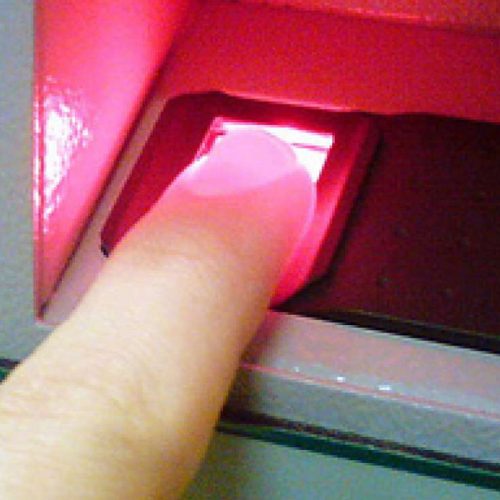Why products like Google Glass were Unsuccessful in the Market
Wikipedia: Google started selling a prototype of Google Glass to qualified “Glass Explorers” in the US on April 15, 2013. For a limited period for $1,500, before it became available to the public on May 15, 2014, for the same price.
Google Glass was designed as an optical, head-mounted display device meant to look like a pair of eyeglasses. Wearers could use this voice-controlled device to communicate with the Internet using voice commands. It displayed information directly in the user’s field of vision, in a hands-free format.
It used voice as input data and connected directly to the search engine. You could take a photo or record a video just by mouthing the command for it and then send it using your mobile data connection. You could use the touchpad to access menus. You could also use it as a webcam with the data connection and log onto Google Hangout for a conference. Using the GPS, you could navigate easily while driving or walking.

The possibilities were indeed endless.
Reasons for Failure of Google Glass
Despite being a visionary concept, Google Glass didn’t quite fly off shelves as expected. Since this breakthrough product was born out of a brilliant idea, what could have really gone wrong?
Let’s examine some of those reasons:
Safety and Health Risks
Its built-in camera raised privacy concerns. There would always be the risk of people using Google Glass to take photographs and record videos surreptitiously, at any time. People with the intention to harm could easily record actions of other people, mostly without their knowledge.

Uncomfortable Design

The weight of the device raised questions about the product being conceived with very little thought for socially acceptable behavior and conventions.
A survey done in 2014 indicated that 90% people cited social awkwardness as the reason for not wearing Google Glass and 72%, privacy concerns.
Unclear Strategy
Some people are of the opinion that Google Glass wasn’t successful because Google didn’t go about things in planned manner. They didn’t gave it much chance to not be a failed product.
Tech adoption cycles work differently and take time to develop. Tech products are first adopted in vertical markets and once they become cheaper, they find acceptance with consumers. The price, $1500, was also prohibitive.
Ill-defined Marketing
Organizations can eliminate market risks by building products people want. It seemed as though Google wanted the product to go to developers only so that they could provide feedback for improvement. Unfortunately, with the media attention it received, this point wasn’t made effectively.
The feedback that came in highlighted the following problems:
- Unit get gets heated up with use and shuts down
- Battery life isn’t sufficient
- Apps have limited scope
- User interface doesn’t provide for a smooth interaction
- Connection is unreliable
- Information delivered is not of much use
Google should have done closed testing in vertical markets.
The marketing strategy cost the organization a lot in the way of consumer confidence. If the product had been marketed well, its trajectory would be quite different.
The organization lost hundreds of millions of dollars on this project.
Wikipedia: On January 15, 2015, Google announced that it would stop producing the Google Glass prototype but remained committed to the development of the product. On December 28, 2015, Google filed a new application with the Federal Communications Commission for a new version of the Google Glass.
– Rashi Kapur : https://www.linkedin.com/in/rashikaps
About author
You might also like
Cool apps for the family, radio show on 9-3-16
This week, we had a slightly different format. We discussed about cool apps which help the life of the family slightly better. Please share your valuable feedback by sending an email
Egocentric Interaction — A Design and Modelling
Future Experiences will be Increasingly Physical-Virtual There is a growing consensus within the field of Human-Computer Interaction
An Introduction to Biometric Authentication Methods
Biometric authentication is a verification system that relies on unique biological characteristics of people to confirm their identity and enable secure access.








0 Comments
No Comments Yet!
You can be first to comment this post!